
Celebrate the growing season by planting dill in flats if it is too early for you to plant outdoors—or sow it directly in the garden if you are already cultivating your garden.
Dill is the herb, along with its close relative fennel, that grows shoulder-to-head high every summer in our gardens. It certainly gives one a different perspective to have bright yellow flower heads sometimes as large as dinner plates, literally in your face. Although this is one of the showiest stages in the life cycle of Anethum graveolens, it is hard for me to tell you which phase is my favorite.
 |
|
| In this salad garden, dill rubs shoulders with lettuce. | |
 |
|
| Just harvested dill. |
Early on in the spring, when we gardeners are so anxious to get our gardens underway, I sow my first salad greens out in the cold garden earth and dill goes in with them. The anticipation of the first harvest of baby salad greens—the bright-colored lettuces and the ferny new growth of dill—keep me waiting impatiently. I grow and harvest dill as a salad crop in the cool weather keeping the plants cut back so I have a continuous supply of tender feathery foliage for salads.
Then the season takes over and as the lettuces bolt, so do the edible herbal umbels in the salad bed—dill, cilantro, and chervil. This is a good time to sow another planting for future harvest.
Dill in the garden
Dill grows in most climates with the simple requirements of sun, friable soil, and light fertilization. While it flourishes in the garden and will conveniently reseed itself with volunteers coming in for years, it languishes in confined areas. Dill likes slightly acid, well-drained soil. It germinates and grows quickly and may be planted after danger of frost, or all year round in suitable climates. To ensure constant leaf harvest, sow seed once a month from spring through summer. If it is hot and dry or dill is planted too close to other plants it will have a tendency to bolt. It will not grow successfully indoors, as it needs eighteen inches of taproot space and much branching room.
Dill attracts the swallowtail butterfly caterpillar, which feasts on its tender foliage; plant enough so that you have plenty to share with these creatures and the other beneficial insects that dill attracts.
Dill in the kitchen
I enjoy snipping the umbels and eating the yellow florets in salads, butters, egg dishes, potato salad and using them to make vinegar. However I don’t harvest all of the flowers because I want those seeds!
When the flowers set seed and turn green and start to fill out, I thoroughly enjoy the citrus and green caraway-like flavor of the green fruits. They are packed full of flavor and add unique pizzazz to tzatziki, sauces, pickles, in soups and salad dressings.

|
 |
I don’t eat all of the green seeds since the next stage will provide tall golden-brown umbels laden with plump seeds, waiting for us to pick and dry them for culinary delights in the cold weather or to save and sow again. In Herbs and Savory Seeds, Rosetta Clarkson claims that the seed retains its germination capacity for three years. I have to use a few of the whole flower heads of ripened seeds to stuff down in the bottom of quart jars for pickles; herbal aesthetics that tickle me and my taste buds later on! Although some proclaim dill as dull or lackluster, I find it to be stalwart and accommodating all year.
Fine Gardening Recommended Products

Gardener's Log Book from NYBG
Fine Gardening receives a commission for items purchased through links on this site, including Amazon Associates and other affiliate advertising programs.

A.M. Leonard Deluxe Soil Knife & Leather Sheath Combo
Fine Gardening receives a commission for items purchased through links on this site, including Amazon Associates and other affiliate advertising programs.

Razor-Back Potato/Refuse Hook
Fine Gardening receives a commission for items purchased through links on this site, including Amazon Associates and other affiliate advertising programs.


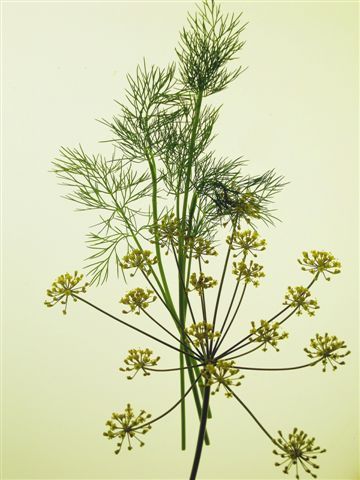
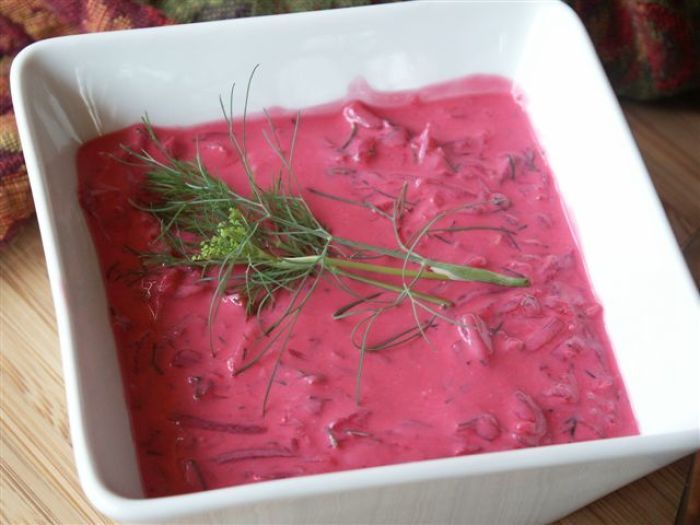
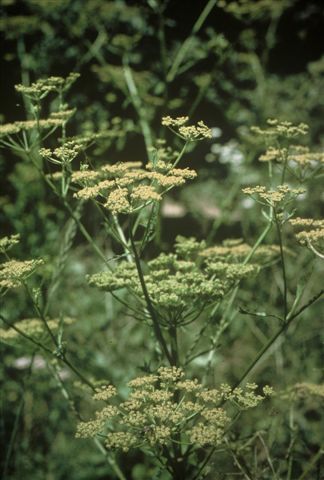
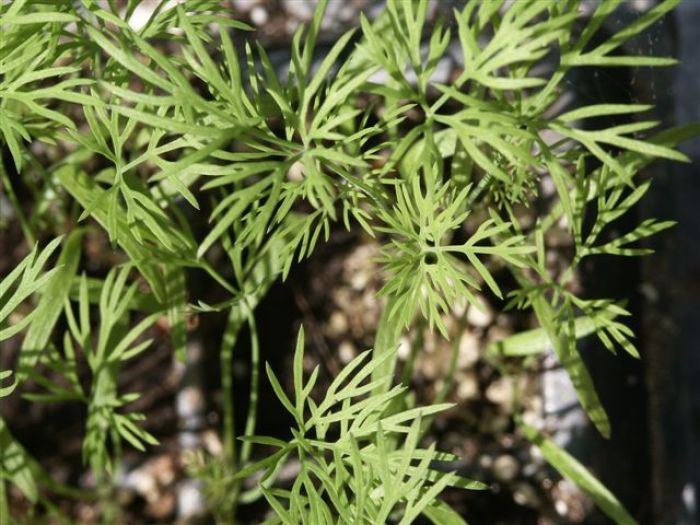
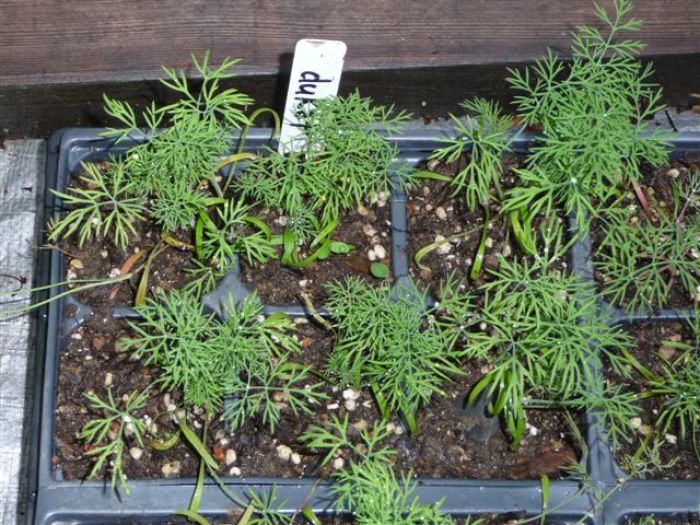
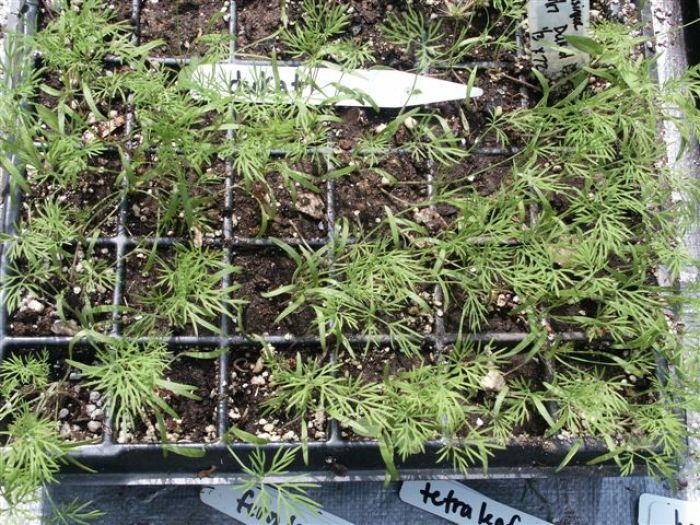
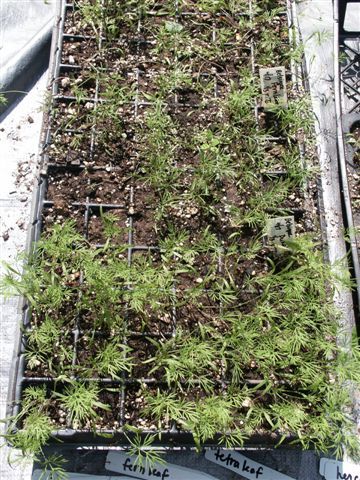
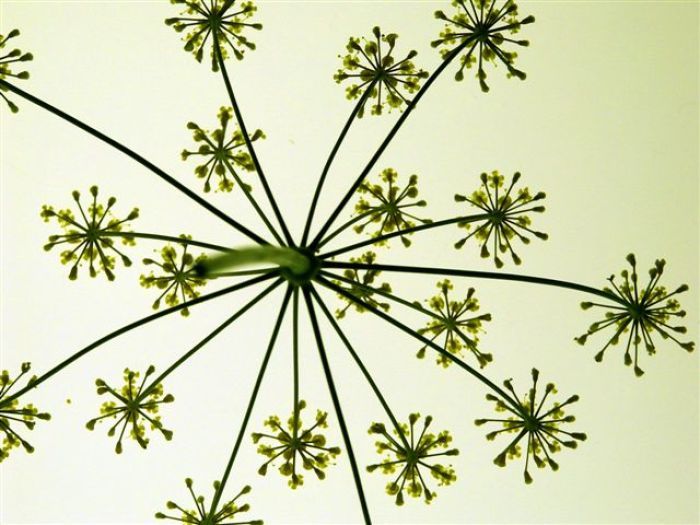
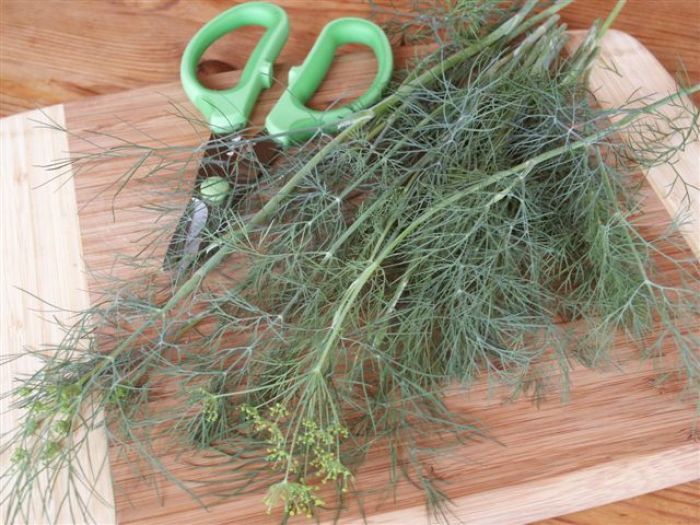
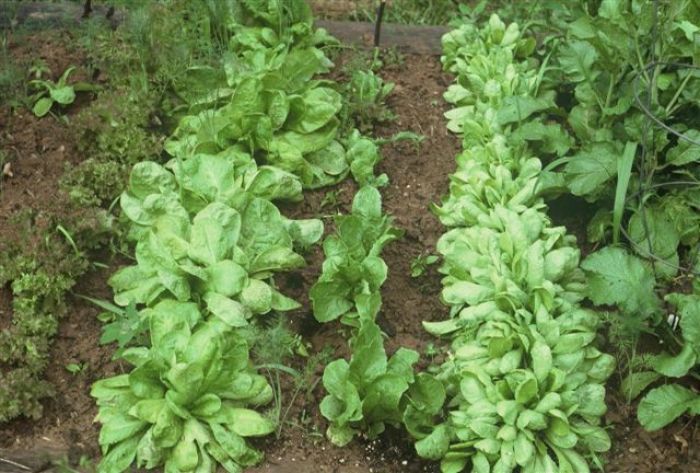
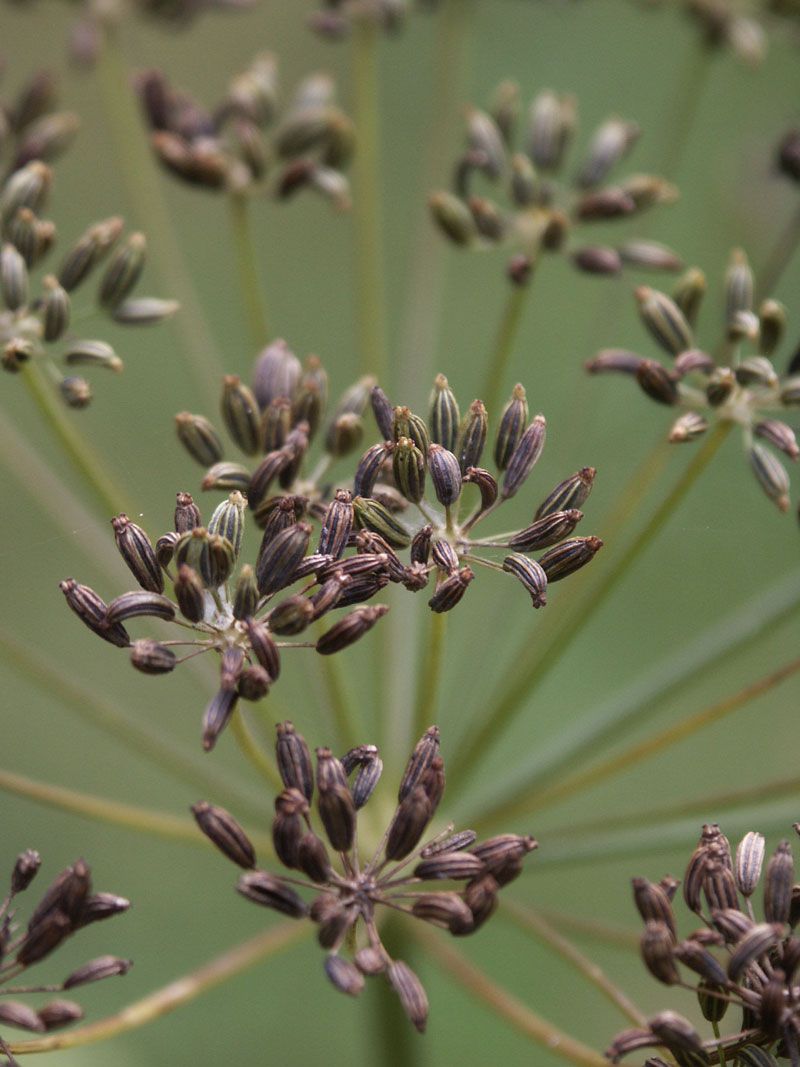




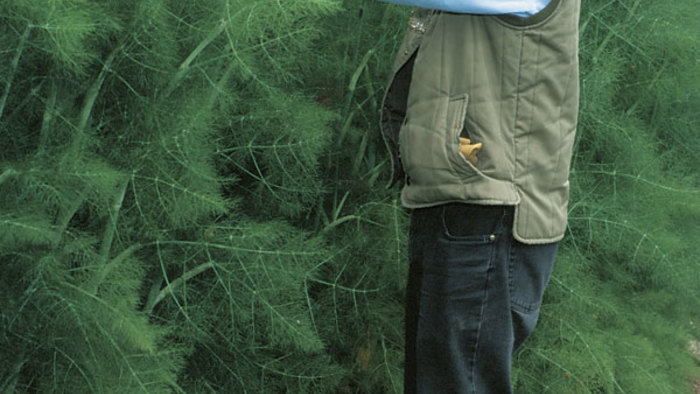













Comments
Log in or create an account to post a comment.
Sign up Log in